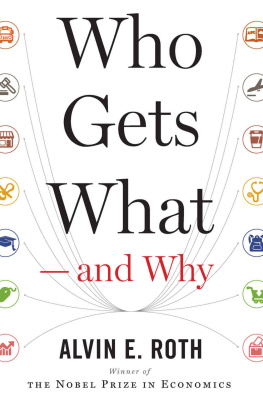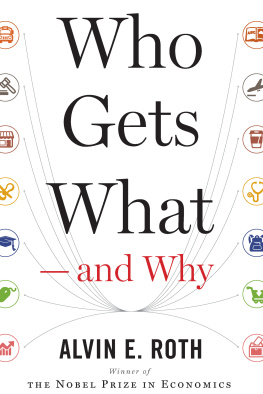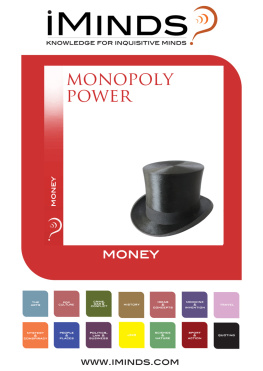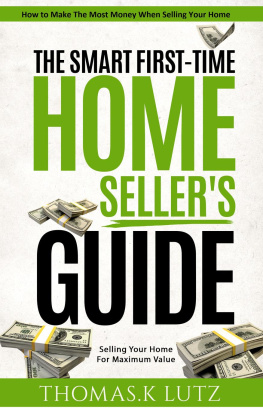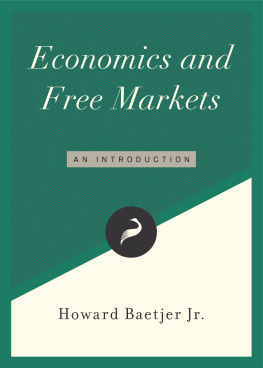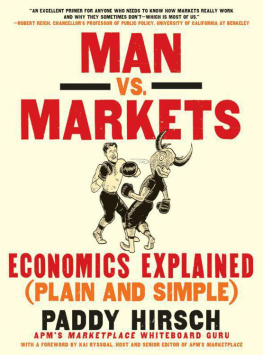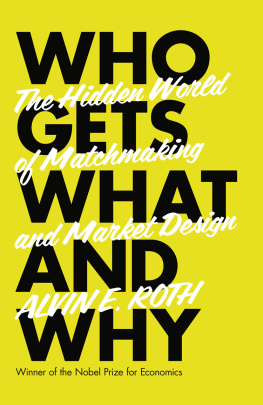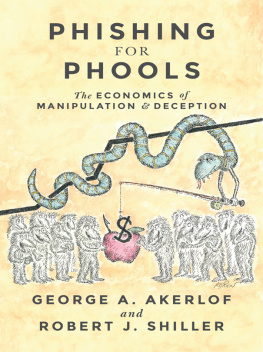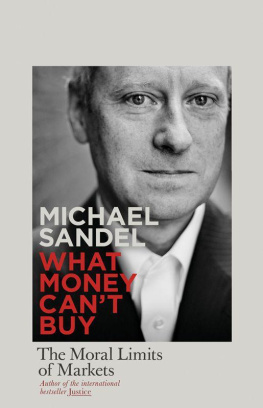
Contents
Copyright 2015 by Alvin E. Roth
All rights reserved
For information about permission to reproduce selections from this book, write to Permissions, Houghton Mifflin Harcourt Publishing Company, 215 Park Avenue South, New York, New York 10003.
www.hmhco.com
Library of Congress Cataloging-in-Publication Data is available.
ISBN 978-0-544-29113-3
Jacket design by Martha Kennedy
Jacket art Getty Images
Author photograph Economics Department, Stanford University
e ISBN 978-0-544-28839-3
v1.0515
To Ben and Aaron, Emilie, and Ted
Acknowledgments
Market design is a team sport, so I owe a great debt to all those who have worked on the markets reported here, many of whom are named in the course of telling the story. It turns out that making a book is also more of a team sport than I imagined. I received lots of help on this book, and would have received more if I were easier to help. Worth special mention are my agent, Jim Levine; Tim Gray, who conducted interviews of participants in kidney exchange and school choice; Mike Malone, who made my paragraphs shorter and clearer (and who knows a lot about Sooners); and my publisher, Eamon Dolan, who had clear ideas about what should be included in the book and what should not. Im also indebted to Barbara Jatkola for thoughtful copyediting, and to Atila Abdulkadirolu, Eric Budish, Neil Dorosin, Alexandru Nichifor, and Parag Pathak for careful reading and insightful comments.
PART I
MARKETS ARE EVERYWHERE
Introduction: Every Market Tells a Story
I T WAS 5:00 a.m. on an April morning in 2010. Eight teams of surgeons were preparing to operate on eight patients in four different cities. Four healthy people would each be donating one of their kidneys to someone they had never met, and those four recipients, each suffering from end-stage renal disease, would receive a new lease on life.
At the same time, Jerry and Pamela Green were at their kitchen table in Lincoln, Massachusetts, studying the weather. They were soon to fly as volunteers, in their own small airplane, to Lebanon, New Hampshire, to pick up one of those kidneys, take it to Philadelphia, pick up another kidney there, and take it to Boston. (Two other pilots would transport the other two kidneys.) Because they identified their flight with the call sign Lifeguard, signifying medical urgency, the air traffic controllers would take them, no questions asked, right through one of the worlds busiest airspaces, down the Hudson River and over Newark airport, on their way to Philadelphia, where they would be scheduled to land immediately. Several jetliners carrying hundreds of passengers would be briefly delayed by their passage.
Kidneys for transplantation are scarce. So is airspace: an airliner uses several hundred dollars per minute in fuel, and only one airplane can occupy a given block of airspace at a time. Passengers time is also costly. Who got which kidney, which operating room, and which flight path that day in April all required an allocation of scarce resources, so it is perhaps fitting that when Jerry is not flying a small plane, he is a professor of economics at Harvard.
Economics is about the efficient allocation of scarce resources, and about making resources less scarce.
Those kidneys and flights werent the only scarce resources that had been allocated to bring everything together on that day when four lives were saved. Years earlier, each surgeon had been admitted to medical school and then had proceeded through surgical residencies and fellowships. At each stage, theyd competed with other aspiring physicians. Jerry himself had to go through a similar set of competitions to get his job. Before embarking on their professional training, Jerry and the surgeons had been admitted to colleges, and before that Jerry had been admitted to Stuyvesant, New York Citys most selective public high school. Notice that none of these thingskidneys, places in competitive schools, sought-after jobscan be acquired by the person willing to pay the most or work for the lowest wage. In each case, a match must be made.
Matchmaking
The Talmud tells of a rabbi who is asked what the Creator of the universe has been doing since the creation. The rabbi answers, He has been making matches. The story goes on to make clear why making matchesin this case, successful marriagesis not only important but also difficult, as hard as dividing the Red Sea.
Matching is economist-speak for how we get the many things we choose in life that also must choose us. You cant just inform Yale University that youre enrolling or Google that youre showing up for work. You also have to be admitted or hired. Neither can Yale or Google dictate who will come to them, any more than one spouse can simply choose another: each also has to be chosen.
Often there is a structured matchmaking environmentsome kind of application and selection processthrough which that courtship and choosing takes place. Those matching processes, and how well we navigate them, determine some of the most important turning points in our lives, and many smaller ones, too. Matching dictates not only who gets admitted to the best colleges but also which students get into the most popular courses and which ones live in the best dorms. After college, it determines who lands the best jobs and who has the best opportunities for advancement. Matching sometimes is the gatekeeper of life itself, as when it determines which desperately ill patients receive scarce organs for transplant.
Even if matches are made in heaven, they are found in marketplaces. And markets, like love stories, begin with desires. Marketplaces help shape and satisfy those desires, bringing together buyers and sellers, students and teachers, job seekers and those looking to hire, and even sometimes those looking for love.
Until recently, economists often passed quickly over matching and focused primarily on commodity markets, in which prices alone determine who gets what. In a commodity market, you decide what you want, and if you can afford it, you get it. When buying one hundred shares of AT&T on the New York Stock Exchange, you neednt worry about whether the seller will pick you. You dont have to submit an application or engage in any kind of courtship. Likewise, the seller doesnt have to pitch himself to you. The price does all the work, bringing the two of you together at the price at which supply equals demand. On the NYSE, the price decides who gets what.
But in matching markets, prices dont work that way. Going to college can be costly, and not everyone can afford it. But that isnt because colleges raise tuition until only as many students can afford to attend as the college can accommodatethat is, until demand equals supply. On the contrary, selective colleges, high priced as they are, try to keep the tuition low enough so that many students would like to attend, and then they admit a fraction of those who apply. And colleges cant just choose their students; they have to woo them, too, offering tours, fancy facilities, financial aid, and scholarships, since many students are admitted to more than one school. Similarly, many employers dont reduce wages until just enough desperate job hunters remain to fill their ranks. They want the most qualified and committed employees, not the cheapest ones. In the working world, courtship often goes both ways, with employers offering good salaries, perks, and prospects for advancement, and applicants signaling their passion, credentials, and drive. College admissions and labor markets are more than a little like courtship and marriage: each is a two-sided matching market that involves searching and wooing on both sides. A market involves matching whenever price isnt the only determinant of who gets what.
Next page
